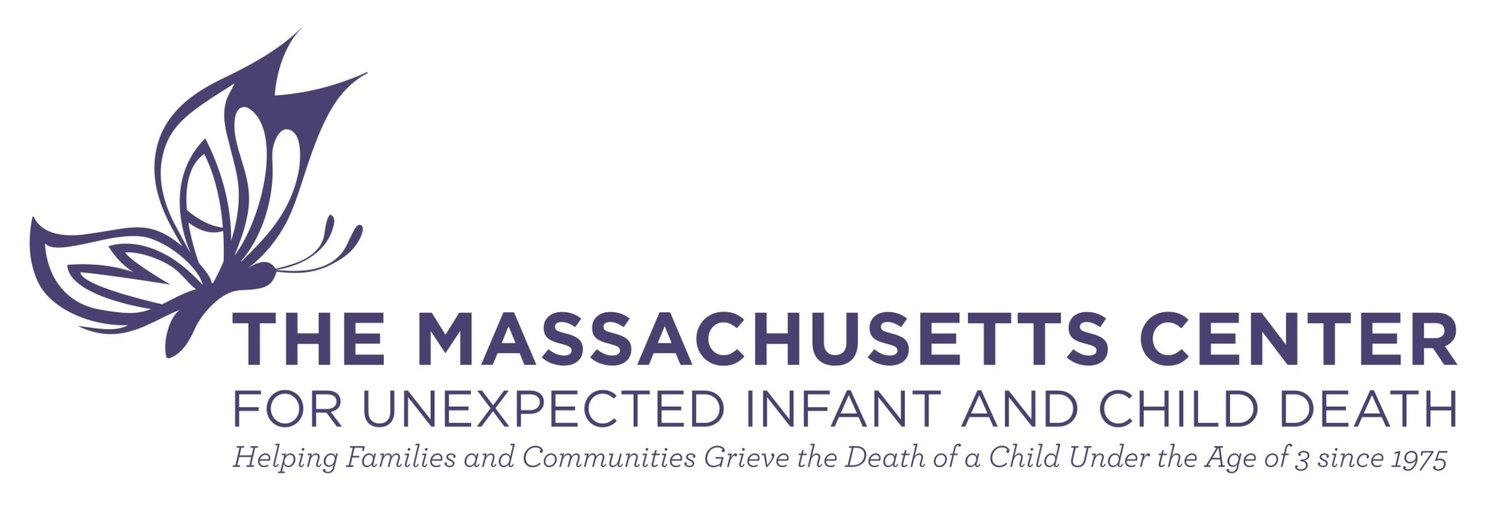Guidelines for Pediatricians
Follow Up Care
It is important for pediatricians to contact the parents when they learn of the child’s death. If health care providers fail to appropriately respond to unexpected death, this may only contribute to the family's pain. It is important to acknowledge the family’s grief and the loss they face.
Offering a bereavement follow up meeting with families is considered a helpful way to help the family come to terms with the death of their child. Grief will vary from individual to individual, so it is important to tailor the conversation to the situation and context. In the state of Massachusetts, an autopsy is required for all children who die unexpectedly under the age of 3. Pediatricians may be helpful in explaining the process of an autopsy and how long it may take. They may also be helpful in providing additional information about the medical process.
Literature has shown that key elements to a bereavement meeting may include:
Timing: Bereavement meetings should take place 8–12 weeks following the death of a child
Information: New information should be discussed, and an opportunity for families to review any of their clinical questions/concerns
Long-term Issues: Issues related to the death (e.g. support for siblings, long-term professional help) should be further discussed
Visiting the Scene: For some families, revisiting the location where their child died may be provide a sense of closure.
Screening: Throughout the bereavement meeting, it is important to recognize signs of “pathological” grief or inappropriate responses.
Sibling Support
Depending on their age, siblings may have difficulty grasping the meaning of death. The American Academy of Pediatrics recommends that pediatricians should try to understand and evaluate the child’s reactions to their sibling’s death by using age-appropriate and culturally-sensitive approaches while being alert for normal and complicated grief responses. Pediatricians should also inform families in responding to their child’s grief – open and honest communication, sharing emotions, and family support may aid long-term bereavement adjustment.
During this time, it may also help to provide parents and siblings with age-appropriate books to help them through the grieving process. Pediatricians are in a unique position to provide continuing support and anticipatory guidance for children and families who experience death of a child. It is helpful to be open to discussion of reactions, thoughts, and feelings.
A Provider's Emotional Response
The death of a child is difficult for everyone involved – including pediatricians. SUID cases have very low rates of survival. As a health care provider, it is normal to experience symptoms of grief or stress, as it is never easy to lose a patient. It is important to make sure that your emotional needs are appropriately addressed. Be sure to reach out to your support network of family, friends, and coworkers to help you express your feeling. If your service offers Crisis Incident Stress Management, and it works well for you, reach out for additional support to help process the case.
References and Further Readings
Ahrens, W., Hart, R., & Maruyama, N. (1997). Pediatric death: Managing the aftermath in the emergency department. The Journal of Emergency Medicine, 15(5), 601–603.
Cook, P., White, D., & Ross-Russell, R. (2002). Bereavement support following sudden and unexpected death: guidelines for care. Archives of Disease in Childhood, 87(1), 36–38.
Friedman, A., King, S., Weinreb, M. (2020). Sudden Unexpected Infant Death and Its Impact on Families: A Primer for Professionals. NAPSW FORUM, 8-12.
Mandell, F. (1987). Sudden and Unexpected Death: The Pediatrician’s Response. American Journal of Diseases of Children, 141(7), 748. https://doi.org/10.1001/archpedi.1987.04460070050021
The Pediatrician and Childhood Bereavement. (2000, February). Pediatrics, 105(2), 445.
Wender, E. (2012). Supporting the Family After the Death of a Child. Pediatrics, 130(6), 1164–1169.
Please see Tips for Professionals for more information on how to best support those you’re working with.
